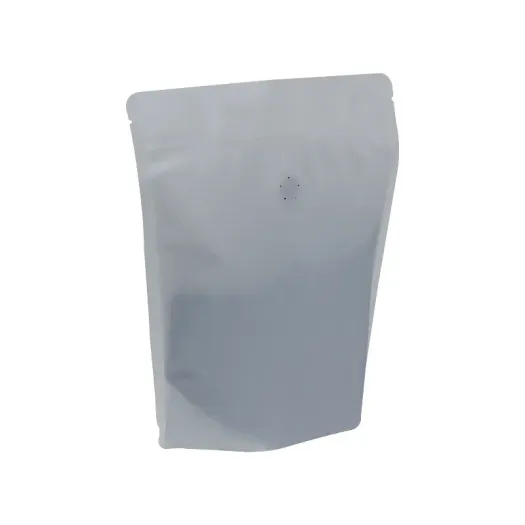- Afrikaans
- Albanian
- Amharic
- Arabic
- Armenian
- Azerbaijani
- Basque
- Belarusian
- Bengali
- Bosnian
- Bulgarian
- Catalan
- Cebuano
- chinese_simplified
- chinese_traditional
- Corsican
- Croatian
- Czech
- Danish
- Dutch
- English
- Esperanto
- Estonian
- Finnish
- French
- Frisian
- Galician
- Georgian
- German
- Greek
- Gujarati
- haitian_creole
- hausa
- hawaiian
- Hebrew
- Hindi
- Miao
- Hungarian
- Icelandic
- igbo
- Indonesian
- irish
- Italian
- Japanese
- Javanese
- Kannada
- kazakh
- Khmer
- Rwandese
- Korean
- Kurdish
- Kyrgyz
- Lao
- Latin
- Latvian
- Lithuanian
- Luxembourgish
- Macedonian
- Malgashi
- Malay
- Malayalam
- Maltese
- Maori
- Marathi
- Mongolian
- Myanmar
- Nepali
- Norwegian
- Norwegian
- Occitan
- Pashto
- Persian
- Polish
- Portuguese
- Punjabi
- Romanian
- Russian
- Samoan
- scottish-gaelic
- Serbian
- Sesotho
- Shona
- Sindhi
- Sinhala
- Slovak
- Slovenian
- Somali
- Spanish
- Sundanese
- Swahili
- Swedish
- Tagalog
- Tajik
- Tamil
- Tatar
- Telugu
- Thai
- Turkish
- Turkmen
- Ukrainian
- Urdu
- Uighur
- Uzbek
- Vietnamese
- Welsh
- Bantu
- Yiddish
- Yoruba
- Zulu
Creative Uses for Takeout Containers in Everyday Life
The Rise of Take-Out Containers Convenience and Environmental Concerns
In the bustling world of modern dining, take-out containers have become an indispensable part of our culinary experience. As more consumers turn to take-out meals for convenience, the demand for robust, functional, and eco-friendly containers has skyrocketed. This article explores the evolution of take-out containers, their impact on our lives, and the pressing need for sustainable alternatives.
Take-out containers originated in the early 20th century, primarily designed for restaurants that wanted to provide diners with an easy way to transport food. Initially, these containers were made from materials like cardboard and aluminum, which, while functional, did not focus on sustainability. Over the decades, as fast-food restaurants and casual dining establishments proliferated, so did the variety of containers available. From the classic Chinese take-out box to plastic clamshells used for burgers and salads, each type of container caters to specific culinary needs and presentation styles.
The convenience of take-out containers speaks to a broader cultural shift. As lifestyles become increasingly hectic, many individuals and families opt for take-out meals to save time and effort. The rise of food delivery apps has further popularized this trend, allowing consumers to enjoy a diverse range of cuisines without leaving their homes. However, this convenience comes at a cost the environmental impact of the materials used in take-out containers.
One of the most pressing issues with traditional take-out containers is their contribution to waste. Many of these containers are made from single-use plastics or polystyrene, which do not biodegrade easily and can persist in landfills and oceans for hundreds of years. This waste contributes significantly to environmental pollution, harming marine life and natural ecosystems. Moreover, creating plastic containers often involves the use of non-renewable resources, adding an extra layer of environmental concern.
In response to these issues, there has been a growing movement towards sustainable alternatives. Many restaurants are now seeking eco-friendly containers made from biodegradable materials, such as plant-based plastics, recycled paper, or bamboo. These options allow for a reduction in harmful waste while still providing the necessary durability and functionality expected from take-out containers. For example, compostable containers break down naturally, enriching the soil and reducing landfill contributions.
take-out container

Apart from biodegradable materials, some establishments are experimenting with reusable take-out container systems. These models encourage customers to return their containers after use, and in some instances, offer incentives for doing so. This approach not only minimizes waste but also fosters a culture of sustainability among consumers.
However, transitioning to sustainable take-out containers is not without its challenges. The cost of eco-friendly materials can be higher, which may deter small businesses already operating on slim margins. Additionally, consumer awareness and acceptance play crucial roles in shaping the success of these initiatives. Convincing individuals to embrace reusable systems often requires educational campaigns and community engagement.
Furthermore, the COVID-19 pandemic has introduced new complexities into the take-out industry. Health and safety concerns led to an increase in demand for single-use containers to avoid cross-contamination. While this pivot served a critical role during the crisis, it also accelerated the environmental challenges we face. Balancing safety with sustainability has become a focal point for restaurants and consumers alike.
As we move toward a more sustainable future, the role of take-out containers will undoubtedly evolve. Innovations in materials and design will continue to emerge, and collaboration between businesses, policymakers, and consumers will be essential for driving change. Embracing sustainability in food packaging is no longer a niche focus; it has become a necessity for the health of our planet.
In conclusion, the evolution of take-out containers reflects our changing culinary landscape and lifestyle choices. While the convenience they offer is undeniable, it is crucial to address their environmental implications. By supporting eco-friendly options and being mindful of our consumption patterns, we can enjoy our favorite meals while also taking steps to protect our planet for future generations. The journey toward sustainability in take-out containers is just beginning, and every small effort counts in the quest for a healthier world.













